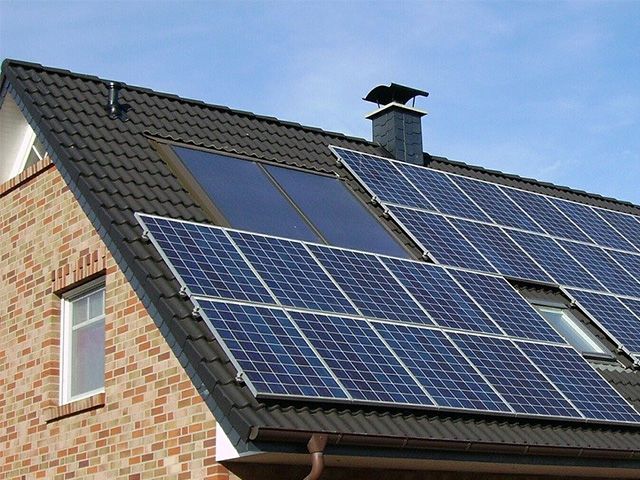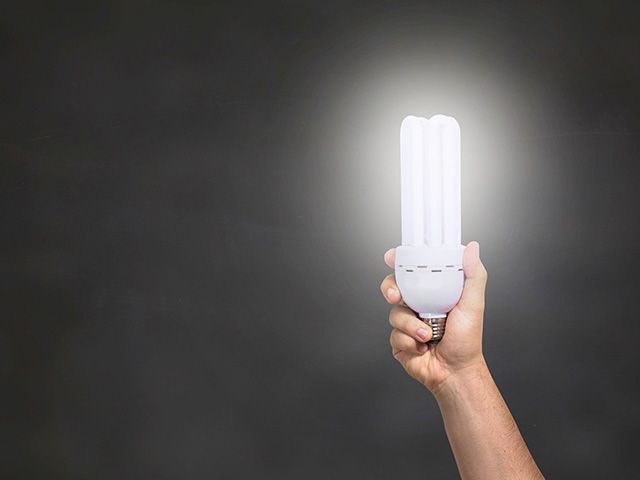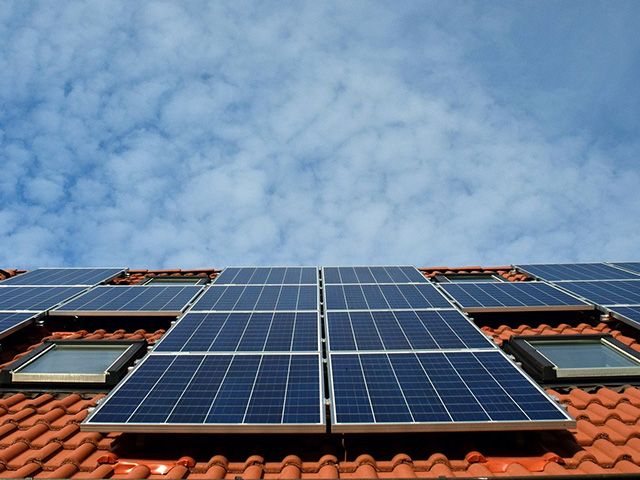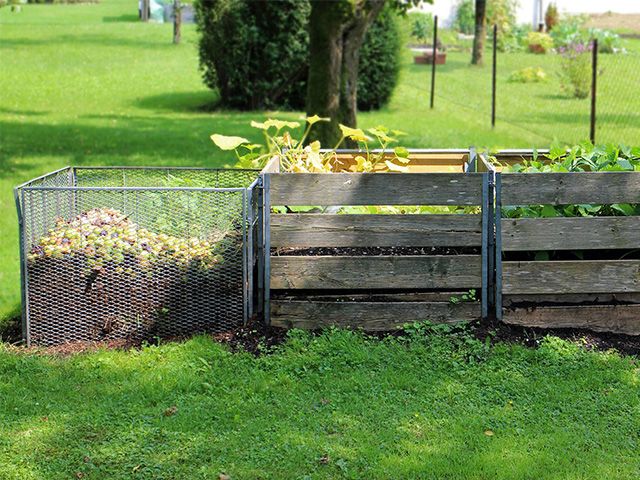
9 ways to make your home more eco-friendly
Make these changes to reduce your carbon footprint and improve your home’s eco-credentials.

Image: Pixabay
With ‘home improvement’ searches up 380% according to Google Trends, it seems we’ve been focused on updating and fixing-up our homes over the last few months. According to Rated People, nearly a third of homeowners are looking to specifically take on eco-related work at home this year – showing that energy efficiency and green issues is at the forefront of people’s minds.
If that’s the case for you too, discover these 9 starting points for transforming your house into a green home.
1. Install smart lighting

Image: Pixabay
LED lightbulbs, especially products that are rated ‘Energy Star’ use at least 75% less energy, and last 25 times longer than incandescent lighting. If you’re wanting to make a small step in making your home more eco-friendly, this is definitely a positive change to make.
2. Upgrade to eco-friendly appliances
Appliances are becoming more advanced year after year, so consider switching your current appliances for more eco-friendly designs to save on energy and water. For example, in terms of washing machines, an eco washing machine uses on average 44 litres of water at maximum capacity, whilst the less water efficient models – with a smaller capacity – can use 136.2 litres.
3. Install double-glazing

Image: Pixabay
One of the biggest eco changes you can make in your home is installing double glazed windows. They provide better insulation which results in reduced energy bills. Also think about your choice of window dressings to save on as much energy as possible. Double up with blinds and curtains for rooms that tend to become colder, avoiding the need to turn up your thermostat.
4. Introduce cavity wall insulation
Cavity wall insulation is used to reduce heat loss through a cavity wall by filling the air space with material that inhibits heat transfer, resulting in a better insulated and therefore warmer home. Rather than jumping straight to eco-heating solutions, first consider insulating your home properly, which will save a lot of energy and money in the long term.
5. Consider solar panels

Image: Pixabay
Solar panels are an investment but are definitely an eco-friendly method of running your home. A single solar panel can cost anywhere between £350-£500 depending on the size and model and an average roof of solar panels in the UK comes in at a total of £6,000. Think carefully about the location of your solar panels when placing as it’s important to get as much sun exposure as possible.
6. Install solar water heating
Solar energy can not only be used for electricity but it can be used to heat your water too. Solar water heating uses free heat from the sun to warm domestic hot water. The system works all year round, even in the winter (although you may need to boost it with a boiler), it saves money on your water bills and of course has a lower carbon footprint, meaning its a great solution for the environment.
7. Start a compost heap

Image: Pixabay
Create your own eco-system in your back garden with a compost heap. Rather than disposing of fresh produce and food waste, make a contained heap in the garden. Fruit, veg and teabags can all be added for a thriving compost heap.
Read more: How to make a DIY compost maker
8. A biomass boiler
You may not have heard of a biomass boiler before as they are not as common as other eco home improvements such as solar panels/ In simple terms, a biomass boiler uses biological matter (wood pellets, chips or logs) to heat the home. To get an idea of cost, an automatically-fed pellet boiler costs between £10,000-£19,000, including the boiler installation cost. A smaller domestic biomass boiler starts at £5,000,
9. Opt for a heat pump
A ground source heat pump collects energy from underground to heat your home. At around a metre below ground, temperature is relatively constant between 7°C and 10°C and this heat is collected through a series of plastic pipes, laid in the ground within the top few metres of the surface. This is a major eco-improvement and is reflected in the price of installation which can be anywhere between £10,000-£20,000.
Will you be making any of these eco home improvements? Tweet us @goodhomesmag or post a comment on our Facebook page.




